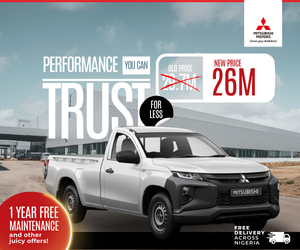Here are a few tips to drive safely during this period according to wikiHow.
1. Keep both hands on the steering wheel at all times!
Keep all distractions, such as cell phones or even the radio, off and away from you. While focus to your front do take a look in back view mirror as well as right hand side & left hand side so that you get an 360 degree over view what is happening around-possibilities- flood or falling tree, electric pole, hanging electrical wires or in coming hazard etc
2. Turn on your headlights
This will make it easier for you to see what is in front of you; thus, preventing any accidents.
3. Keep a minimum of a good five car length from the car in front of you
You never know what other drivers are going to do or what could happen to you! If that feels too close or too far a rule of thumb is 1 second of following distance per 10 mph (16 km/h). That holds true especially in bad weather.
4. Drive at or below the speed limit
To the extent that you are comfortable with, and can see far enough in front of you to appropriately make driving decisions.
5. Be aware that the maximum speed at which you can drive is DIRECTLY related to your tyres
Be sure to know the condition of your tyres. Radial tyres have better traction than the old bias ply polyester tyres, but even they lose their ability to grip wet pavement and channel water out as the tread wears out.
6. Be aware of hydroplaning
This is where your vehicle travels on top of the water and has NO or very little contact with the ground. Your traction is reduced significantly. To safely get out of a hydroplaning situation let off the gas and steer straight or slightly in the direction you must go. Do not make sudden motions and remain calm.
7. Avoid flooded roads
Never drive through standing or flowing water in a road way unless you have no choice or you are able to follow someone else to judge the depth of the water. Flooding the engine of your car can cause the engine to stall, and deep water can actually float your car and take it off the roadway.
8. Turn on the defroster if the windshield begins to fog
In hot, muggy weather, air conditioned air (which cannot contain as much moisture) will usually clear the inside of the windshield faster than non-air conditioned.
9. Be aware that brakes can be affected by water
Wet drum type brakes are especially prone to decreased stopping power after driving through deep water.
10. Watch for splashing from potholes and pools of water that accumulate at clogged storm drain pipes and low areas of the pavement
Highways also develop “ruts” where the heaviest traffic tracks, and you may be able to position your vehicle while remaining in your lane to avoid these.













